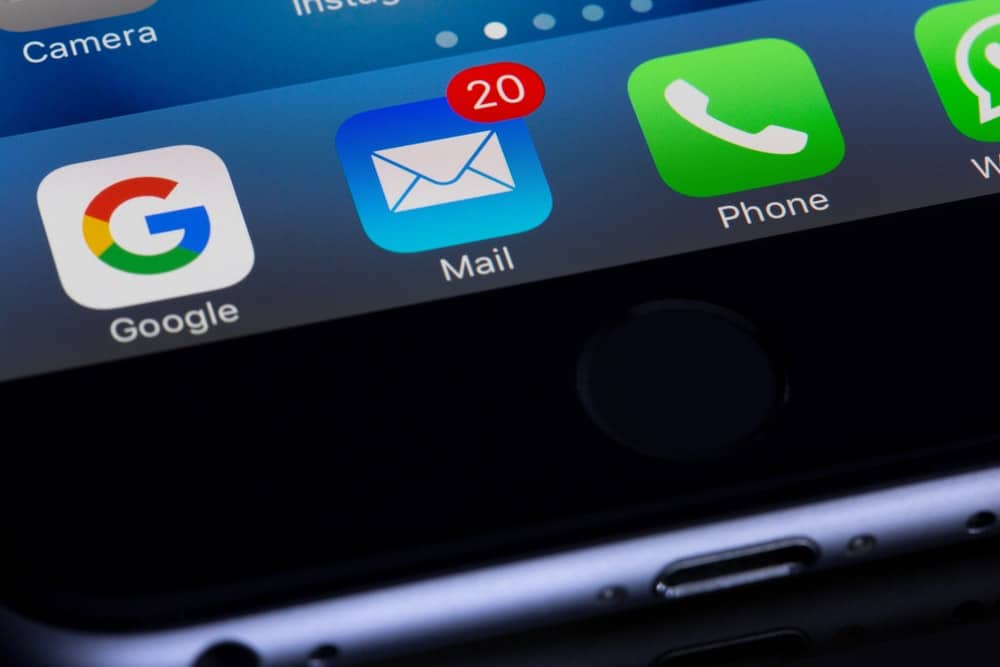Online marketing has become a chore, thanks to the ever-growing competition. You need to try innovative techniques and applications such as an email deliverability tool to stay afloat in the race. As well as employing newer tactics, you should sharpen old gold techniques that have yielded results in the past.
This is where email marketing comes into play to help out. It’s a simple, direct, and personalized option to promote your products. However, getting the most out of this effective tool isn’t a piece of cake.
Email Marketing Best Practices 2022
Modern marketers understand the significance of email marketing for their success. However, many of them don’t know how to do it correctly. Most of them think that it’s just a practice of sending thousands of emails at once.
That’s half the truth. In precise terms, email marketing is sending bulk emails to get higher conversions. Here are seven effective practices to maximize your campaign results.
1. Use An Email Deliverability Tool
You might get taken aback after reading this headline. What does that mean? You may think that any mail sent to the receiver gets into the inbox of the said person.
However, that’s not always the case. Most emails find their place in the spam folder. Users hardly check those emails.
What if a majority of your emails get into the spam folders of your targets? If so, you won’t get any conversions. So, why not resolve this issue with an email deliverability tool?

Photo by Pavel Danilyuk from Pexels
These tools let you test messages and ensure your emails land safely into the inbox without being marked as spam. Also, they contain instructions asking users to label their emails as white. Most importantly, they optimize your mail deliverability for betterment.
2. Make Your Messages Personal
Back then, marketers would create one common email and send it to their targets. However, such a tactic delivers minimal results. Modern customers give more importance to how mail senders are treating them.
Personalization shows your targets that you value them like human beings, not as numbers. So, customize your messages for your prospects. The difficult part is manually personalizing each message can be daunting and is just not possible, especially when emailing thousands of subscribers.
So, personalize the subject line instead of the whole message. For instance, many email sending applications let you include attributes that could be populated automatically with customer data. You may add the first name and the city attributes, and the software should populate the remaining data from your email list.
Choose software that features dynamic content functionality. Some applications show varying content blocks for different users based on their demographics. That allows you to send different messages to users following specific parameters.
3. Use Appealing Subject Lines
Plain texts fail to grab the attention of users. The situation gets even more challenging in this fast-paced era where people run short of time. You ought to win the attention of targets quickly to check the email and take a suitable course of action.
That’s where exclamatory sentences or questions come in handy. Change your subject lines using words that captivate your prospects immediately. Also, make the headings bold for immediate attention.

Photo by Karolina Grabowska from Pexels
4. Write To The Point Messages
Your product might be beneficial and includes multiple features. However, don’t explain those features in detail. No one is interested in reading a big block of text.
Write a short message concisely highlighting the features of the product or service. Use a bullet list instead of big blocks. That way, you can steer users to the end of the mail.
5. Choose Relevant Typography And Colors
Most marketers hardly bother about colors and typography in their messages. However, these elements can make or break your whole campaign. If you lag here, you won’t enjoy higher conversions as expected.
Use legible fonts for highlighting specific words. However, don’t use huge fonts. Follow the middle path and make your message attentive and stand out. This point holds for colors as well. Lovey hues evoke emotions.
For example, black relates to luxury, power, and status. Likewise, blue is associated with trust and security. Find out what colors can work for a given offer. Also, take into account the demographics of the user. A little bit of legwork will help you use appropriate colors for better results.

Photo by Taryn Elliott from Pexels
6. Choose The Right Sending Time
Many arguments are centered on email sending times. Some marketers think that you should avoid weekend schedules. Others advocate for the weekend timing.
However, there’s no hard and fast rule for sending emails. A particular sending strategy that works for one marketer may not yield any result for others. It’s essential to figure out the right time for sending messages to your prospects.
Test different sending times and monitor the results. Based on the outcome, find out send times that deliver better click rates. Finally, optimize your send time by automating your emails for specific timings.
7. Seek Feedback
People feel more involved when you ask them what they want. They tend to bind with your products or services. So, don’t forget to seek their opinions about your products.
Firstly, measure the performance of your campaign. Identify areas where you lag. Now send emails seeking feedback from targets in exchange for freebies (eBooks or other digital products).
Feedback lets you make improvements in your products/services. At the same time, it increases the user engagement rate. Once the engagement rate improves, you stand a chance of enjoying the desired conversions.
Final Words
Email marketing still rules the world. It can generate the desired outcomes provided you do it properly. However, instead of tossing bulk mails, get choosy and send a few emails periodically.
Follow the above best practices and use a proven email deliverability tool. Also, track your campaign and make suitable amendments. Over time, you should see noticeable results in increased clicks and subsequent sales/leads.


